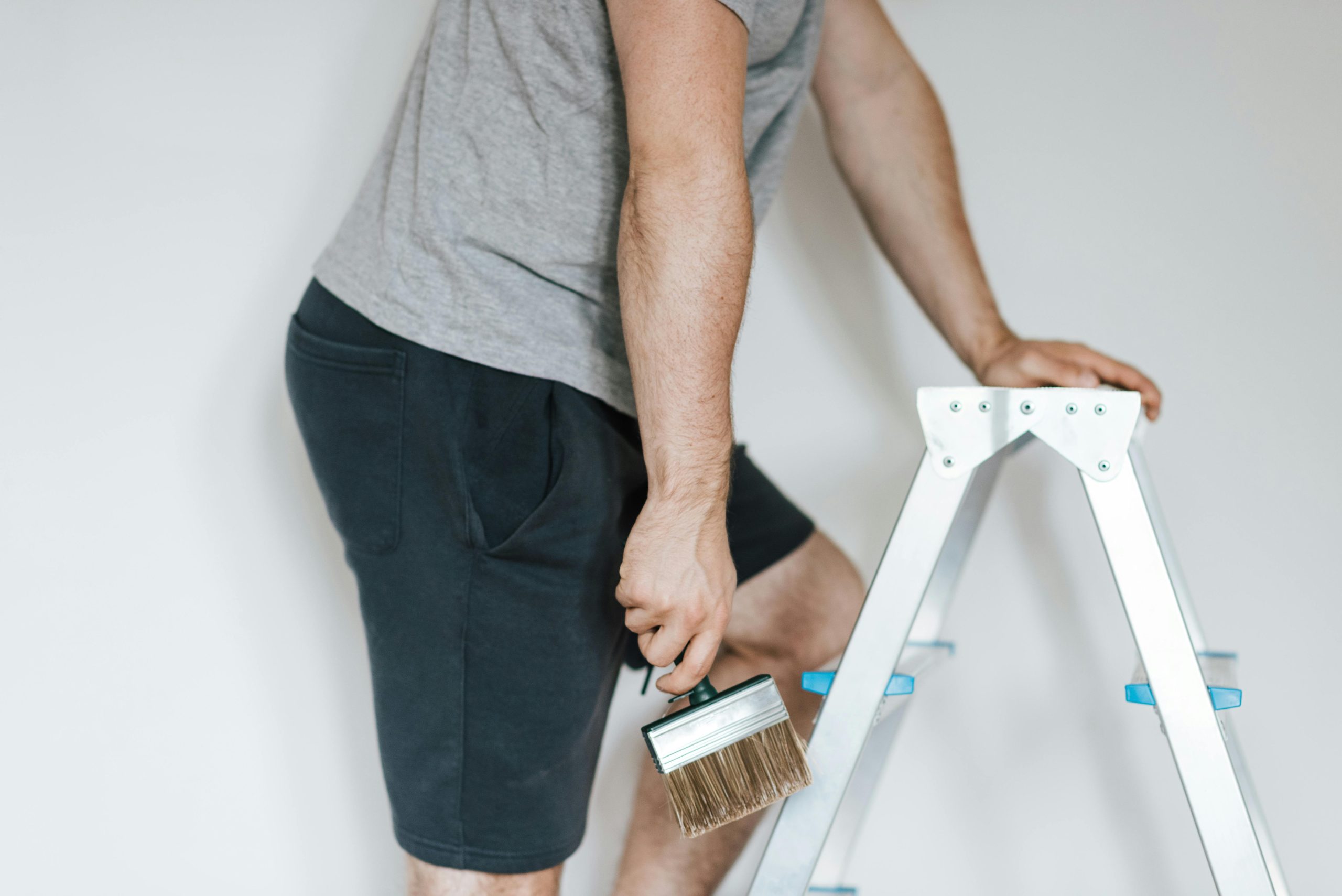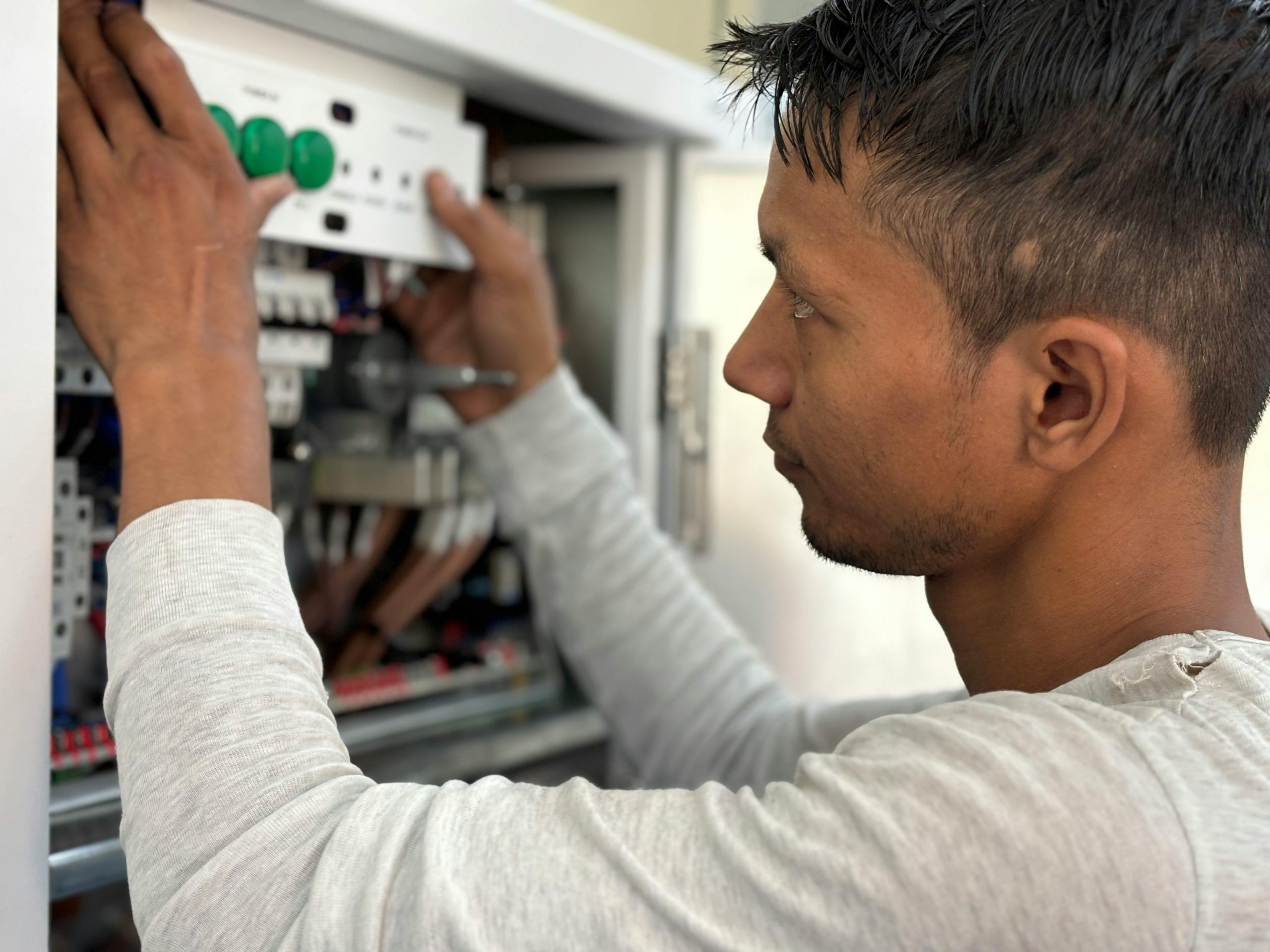Steel Framing vs Timber Framing: Key Differences and Best Uses
Introduction Choosing the right framing system is foundational to any building project—from single-family homes to…
How to Calculate Timber Lengths for Roof Trusses: A Detailed Guide
Introduction Roof trusses are engineered assemblies that form the skeleton of a roof, spanning walls…
What Is Hebel and When Should It Be Used?
Introduction Hebel® is a brand of autoclaved aerated concrete (AAC), a lightweight, precast building material…
How to Choose Between Plywood and OSB
Introduction When it comes to structural sheathing, subfloors, roofing, and wall sheathing, builders and DIYers…
What R-Value Do You Need for Ceiling Insulation? A Complete Guide
Introduction When it comes to home comfort and energy savings, your attic (or ceiling) insulation…
What Are Expansion Joints and Why Are They Necessary?
Introduction Expansion joints are critical yet often overlooked components in buildings, bridges, roads, and piping…
How to Prevent Concrete from Cracking: Proven Strategies for Durable Slabs
Introduction Concrete is one of the most ubiquitous building materials—strong, versatile, and cost-effective. Yet, even…
Understanding the Purpose and Proper Use of Vapor Barriers in Building Envelopes
Introduction Moisture is one of the most insidious enemies of buildings—silent, unseen, and capable of…
How to Calculate the Volume of Concrete You Need
Introduction Ordering the right amount of concrete is crucial for any construction or DIY project.…






















